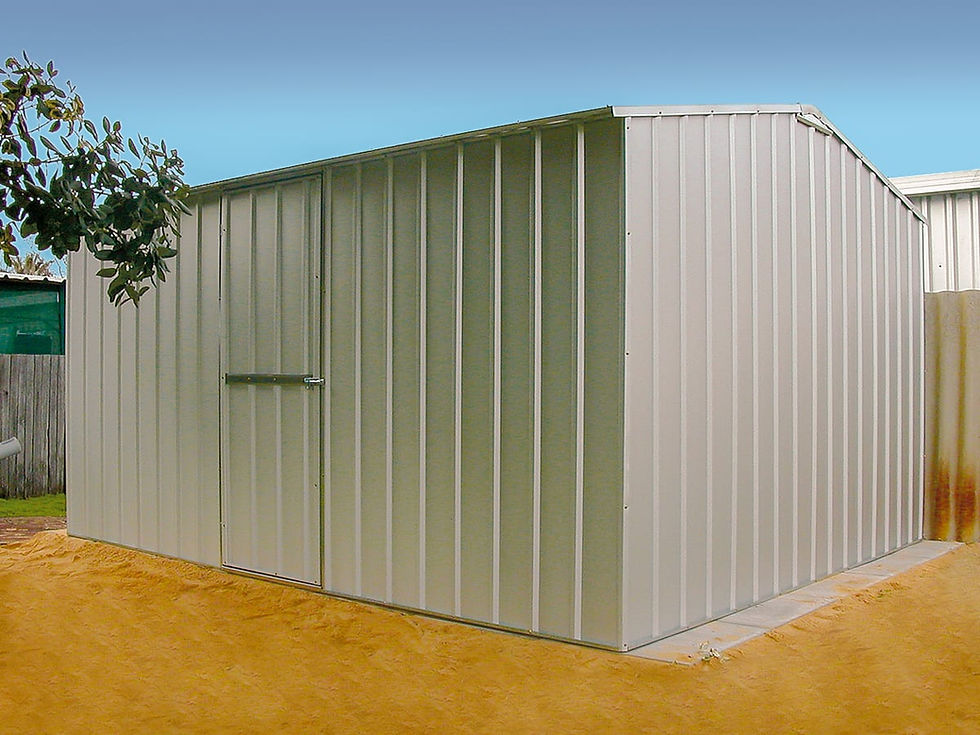The Comprehensive Guide To Swimming Pool Painting
- louisjack110
- Nov 23, 2023
- 4 min read
Updated: Jan 16, 2024
Introduction Have you yearned to restore the vibrancy and sheen of your swimming pool that has been tarnished over time? Or perhaps, do you dream of transforming your standard backyard pool to a luxurious resort-like oasis with just a coat of paint? Rest assured, painting your swimming pool may just be the makeover you never knew you needed.
In this comprehensive guide, we will delve deep into the world of swimming pool painting, covering every nook and cranny to lighten your path towards achieving that refreshing aquatic makeover. We will address the whys and whats, the hows and whens, and everything in between, allowing you to make an informed decision before you embark on this potentially exciting project. Consider this your blueprint to a self-rejuvenating and rewarding DIY experience, painted in broad strokes for your convenience.
Whether you're a seasoned DIY enthusiast or just someone looking to dabble in a new venture, this guide will provide you with the much-needed clarity and direction. We will walk you through the nuances of choosing the right paint, the preparation process, the actual painting maneuver, and extending your pool's life span while maintaining its pristine condition.
Selecting Your Paint: The Foundation of A Beautiful Finish
So, here we are, the first level in our pool painting journey - choosing the paint. Here, you will find various options like epoxy, chlorine rubber, and acrylic. But which one is the right pick for you? Let's break down the characteristics of each to aid your decision.

Epoxy paints boast exceptional durability, lasting up to seven years or even more. They are resistant to chemicals, stains and UV rays, making them a popular choice for new pool constructions or refinishing old ones. However, it requires complex application and long curing times.
Contrastingly, Chlorinated rubber-based paints are economical and easy to apply a choice for seasonal pool owners. It offers fair resistance to chemicals, abrasion, and UV rays but lacks the longevity of an Epoxy paint. Lastly, acrylic paint, a water-based solution, dries quickly and is best for commercial applications that require minimal downtime. It's an economical and easy-to-apply finish that requires least commitment but necessitates frequent touch-ups.
Preparation: Laying The Ground For A Smooth Coat
With paint selected, it’s time to roll up your sleeves for some real action. Before tempting as it may be to dive right into painting, preparation is a crucial step you cannot skip. Start by draining your pool completely. This could be a good time to inspect for any damage or leaks that need repair prior to painting.
Your pool surface must be cleaned thoroughly by pressure washing to remove grime, algae, and loose paint. Any oil or grease should be cleaned using a TSP (Trisodium Phosphate) solution. Once cleaned, acid washing your pool can significantly enhance the paint's adherence, offering longer-lasting results.
Remember, safety first - always don proper protective gear during this process. And allow ample time for your pool to dry completely before you proceed to paint.
The Painting Process: Bringing Your Pool To Life
With the pool adequately prepared, let's dive into painting. Based on your paint choice, you may need a specific primer to enhance adherence. The painting process necessitates patience and adherence to manufacturer instructions.
Always start with the deeper end, working your way up to the shallow zone. Ensure each layer is applied evenly and allowed ample drying time before proceeding with the following coat. Avoid painting in direct sunlight or excess wind, as it could affect the drying process and final finish.
Maintenance: Prolonging Your Glamour
So far, you've put in monumental effort, and it's only fitting that the fruits of your labor stay fresh as long as possible. Regular maintenance involves keeping water chemistry balanced, routine cleaning, and alleviating the aftermath of severe weather conditions promptly. These practices will extend the lifespan of your paint job and keep your pool shimmering for years.
Pros And Cons: Weighing The Worth
Painting your pool comes with its perks - it's cost-effective and presents an opportunity to revamp your space aesthetically. However, it isn't devoid of drawbacks. It involves heavy manual labor and requires redoing every 2-7 years, depending on your paint.
But when done correctly, this rewarding project can turn your standard pool into the envy of your neighborhood, worth every drop of sweat.
Conclusion – Making A Splash With Paint
In essence, painting your swimming pool effectively boils down to your meticulous preparation, careful execution, and undeterred commitment to maintenance. It's an undertaking that demands considerable effort but offers an equally rewarding payoff.
By weighing the pros and cons and understanding the complexities it involves, you can ensure the result will be a vibrant, rejuvenated pool that adds a refreshing flair to your backyard. It’s not just about a new hue – it’s about the memories you will make and the value it adds to your home.
Immerse yourself in the process. Allow yourself to be splashed with creativity. This is more than a home improvement project; it's your key to unlock the potential of a resort-like escape that lies dormant in your backyard, all while rolling up your sleeves and learning a thing or two about DIY pool care!
Whether your motivation is saving costs or merely rejuvenating your space, painting your swimming pool offers a unique sense of gratification. So, dive headfirst into this comprehensive guide to painting your pool, and let's make a splash!








Comments